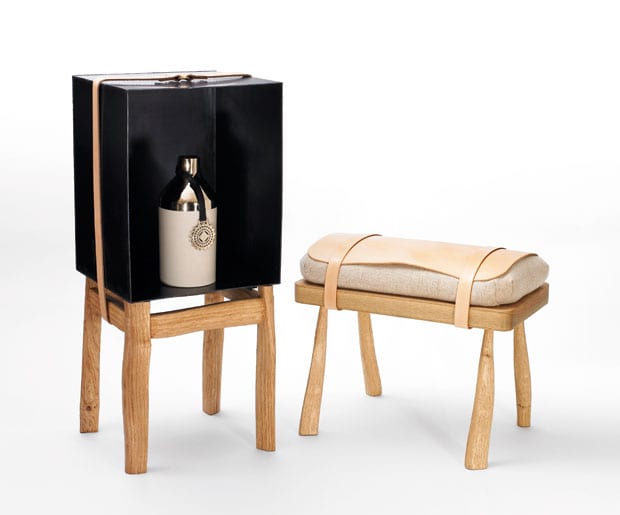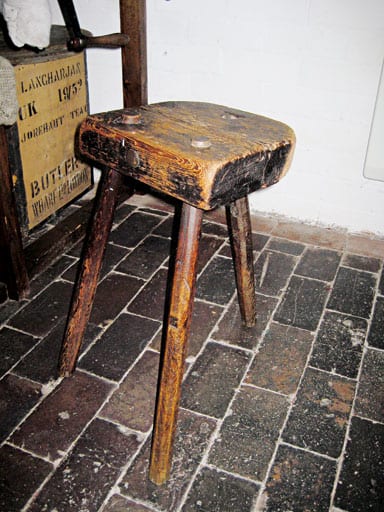
words Anna Bates
“I was in Stoke-on-Trent as Wedgwood went into administration, watching people buy cheap imports,” says Simon Hasan. The London-based designer was visiting factories and craft workshops in the industrial centre as part of a seven-day road trip around Britain to research his new product collection.
Witnessing the folding of the flagship company in the UK’s ceramics capital gave Hasan’s mission heightened relevance. The Royal College of Art graduate wants to resuscitate British craft techniques by applying them to batch production. His cabinets, stools and vases, products of a hybrid of modern-day manufacturing and pre-industrial craft, are destined for the shops.
“I understand how the system works,” says Hasan, who is an ex-marketing consultant, “but there’s no reason why this can’t work.” Most young designers would take this collection to a gallery, but Hasan wants to “make people aware of where things come from and where they are made. That isn’t going to spread in a gallery.”
Hasan began his journey at the Weald and Downland Open Air Museum in Sussex: “I saw this model of making things based on the interdependence of different craftsmen: the woodworker, blacksmith … they really collaborated,” says Hasan, who in part blames the decline of this collaboration for industrial failure in the UK.
It was here that Hasan also became familiar with cleft-wood furniture, and was inspired to use the material in his products. Cleft wood is split along the grain rather than sawn, allowing the sliced pieces to retain their strength, as well as the shape of the tree that they came from. This is how the legs of Hasan’s stools and cabinets are made.
The Cleft Oak and Steel Side Cabinet sees the wooden frame belted together with an industrial, welded-steel box. The edges are left unfinished, a process on display at the Ironbridge Gorge Museum in Coalbrookdale, celebrating the skilled joiner’s work rather than powder-coating over a bad job, as we see today. The boxes are made of carbon steel rather than cast iron, which is “more appropriate for modern production”.
The beer-flagon shaped vases reinterpret slip-casting in Stoke-on-Trent by using rural materials: the base is made of stoneware and the upper part is cast-iron, brass and bronze.
“It was tempting to use everything,” says Hasan. “I spent a lot of time editing out things, so the result wasn’t a pick ’n’ mix of 15 craft techniques. I kept the processes that served a genuine purpose.” The result is a charming mix of beautiful finishes and “rickety oldness”. But his process wasn’t purely functionalist; the collection draws historical references to advertise Hasan’s point. The leather saddle has an authentic look that matches those in the museums he visited; the tweed is reminiscent of the heavy rural furniture he saw; and the lavish styling of the bottle label is inspired by old horse tags. Such details ensure that potential consumers won’t miss the point. Manufacturers haven’t: Hasan has already attracted interest.
Hasan completed the project while in the Vauxhall Collective, a creative initiative sponsored by the British car marque. The prototypes will be on show at The Dock, curated by Tom Dixon, at the London Design Festival (19-27 September).


















